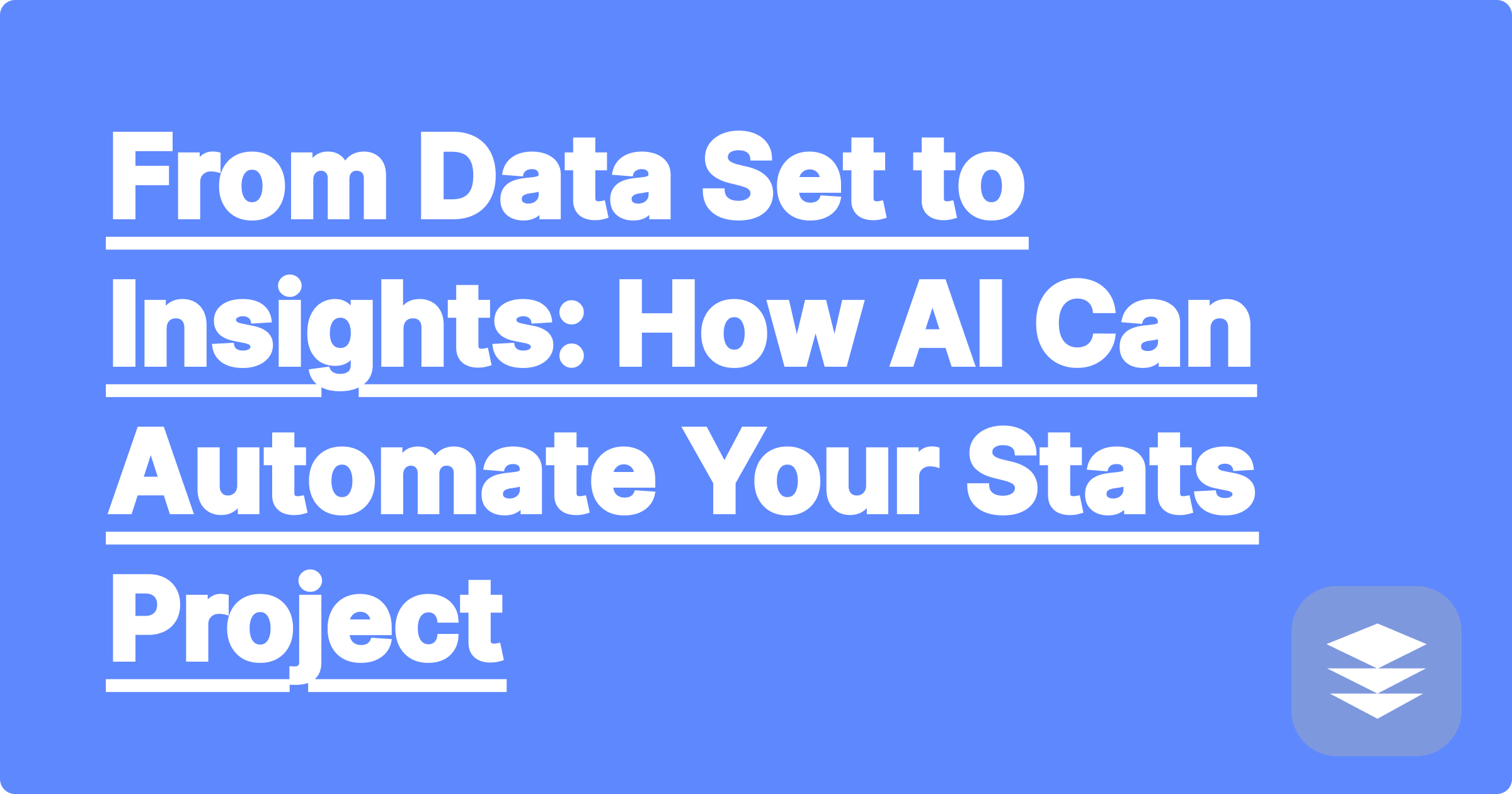
You’ve been given your final project for your statistics course: a large, messy data set and a single, open-ended instruction: "Analyze this data and present your findings." This is a daunting task. It's not a simple homework problem with a clear right answer. It's a research project that requires you to be a data cleaner, a programmer, a statistician, and a storyteller all at once.
The workflow is complex: you need to clean the data, explore it with visualizations, form a hypothesis, build a statistical model, and then interpret and present your results. Each step is critical and time-consuming.
What if you had an AI assistant that could guide you through this entire process? A tool like GPAI can be your personal research assistant, providing help with everything from initial data exploration to final regression analysis solver capabilities. This is how ai for statistical modeling is changing the game for student projects.
A successful stats project generally follows four key phases. Let's explore how AI can help at each stage.
This is often the most unglamorous but most important part. Your raw data is likely full of missing values, outliers, and incorrect data types.
How AI Helps:
The AI handles the coding, allowing you to quickly get a feel for your data's shape and quality.
After exploring the data, you need to form a testable hypothesis.
How AI Helps:
This is the core of the analysis, where you use a statistical model to test your hypothesis.
How AI Helps:
[Image: A screenshot of a complex regression output table from a stats program, with arrows pointing to the GPAI Solver interface where the AI is explaining the p-values and R-squared in plain English. Alt-text: An AI for statistical modeling explaining the results of a regression analysis.]
The final step is to communicate your results effectively. Numbers on a table are not enough; you need compelling visuals.
How AI Helps:
A statistics project is your first taste of what it's like to be a real data scientist. It's a challenging, multi-step process that requires a diverse set of skills. By using AI as your partner, you can automate the most tedious parts (like coding and cleaning), get expert guidance on the most complex parts (like choosing a model and interpreting results), and focus your energy on the most important part: using data to tell a compelling story.
[Starting your stats project? Let GPAI be your research assistant. From cleaning data to interpreting your final model, get the help you need every step of the way. Sign up now for 100 free credits.]
Abstract Algebra Explained: How AI Can Help You with Group Theory
Mastering Real Analysis: An AI Tool for Proofs and Theorems
Your Personal AI Assistant for Statistical Analysis in R or Python
Probability Theory Problems, Solved Step-by-Step with AI
From Data Set to Insights: How AI Can Automate Your Stats Project
The Ultimate Guide to Mathematical Proofs with AI Assistance
Surviving Numerical Methods: An AI for Root-Finding and Integration Algorithms
Topology for Beginners: How AI Can Help Visualize Abstract Spaces
How to Create the Perfect Cheatsheet for Your Statistics Final
The Future of Mathematics: How AI is Changing How We Learn and Discover